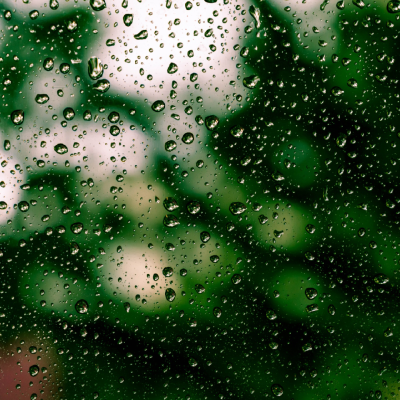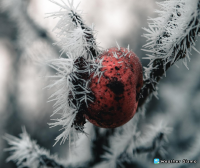
[Sky]
Delta Aquarids Meteor Shower
Late July meteor shower — don’t miss it! A meteor shower of Southern Delta Aquarids is expected to get the maximum force in the night sky on July 30. Scientists believe that the number of meteors can reach 25 per hour, and one will be able to observe them with the naked eye, provided the night is cloudless.
Read more...











